Are you looking to elevate your pasta night? This butternut squash pasta sauce is the perfect way to add a touch of warmth and comfort to your table. With its creamy texture and delightful flavor, this sauce brings together the rich taste of roasted butternut squash with aromatic spices that enhance any dish. Not only is it easy to prepare, but it also offers a nutritious twist on traditional pasta sauces. Perfect for busy weeknights or special occasions, you can whip this up in under 30 minutes! Whether served over spaghetti or penne, this versatile sauce is sure to impress family and friends alike. Get ready to indulge in a satisfying meal that’s both comforting and wholesome.
Why You’ll Love This butternut squash pasta sauce
- Quick and Easy: Minimal prep time and straightforward steps make this recipe stress-free, even for novice cooks
- Flavorful and Versatile: Enjoy outstanding flavor with ingredients you can easily customize by adding your favorites or adjusting spices
- Nutrient-Packed: Butternut squash is rich in vitamins A and C, making this dish a healthy choice for any meal

Ingredients for butternut squash pasta sauce
Here’s what you’ll need to make this delicious dish:
- Butternut Squash: Choose fresh, firm squash; about one medium-sized should suffice for a rich base
- Olive Oil: Helps in roasting the squash while adding healthy fats and flavor
- Garlic Cloves: Use fresh garlic for the best aroma; roughly three cloves will enhance the overall taste
- Vegetable Broth: Low-sodium broth adds depth without excessive salt; about two cups will suffice
- Cream or Coconut Milk: For a creamy finish, use heavy cream or coconut milk if you prefer dairy-free options
For the Sauce:
- Sage Leaves: Fresh sage complements the sweetness of the squash beautifully; about five leaves will do
The full ingredients list, including measurements, is provided in the recipe card directly below.
How to Make butternut squash pasta sauce
Follow these simple steps to prepare this delicious dish:
Step 1: Preheat Oven
Preheat your oven to 400°F (200°C). Line a baking sheet with parchment paper for easy cleanup.
Step 2: Roast Butternut Squash
Cut the butternut squash in half lengthwise and scoop out the seeds. Brush with olive oil and place cut side down on the baking sheet. Roast in the oven for about 25-30 minutes until tender.
Step 3: Sauté Garlic
While the squash roasts, heat a tablespoon of olive oil in a skillet over medium heat. Add minced garlic and sauté for about one minute until fragrant.
Step 4: Blend Ingredients
Once the squash is done roasting and slightly cooled, scoop out the flesh into a blender. Add sautéed garlic, vegetable broth, cream or coconut milk, and sage leaves. Blend until smooth.
Step 5: Heat Sauce
Pour the blended mixture back into the skillet over low heat. Stir occasionally until heated through—about five minutes.
Step 6: Serve
Transfer your freshly made butternut squash pasta sauce over cooked pasta of your choice. Toss well before serving to ensure even coating.
Transfer to plates and drizzle with extra sage oil or sprinkle cheese on top for the perfect finishing touch.
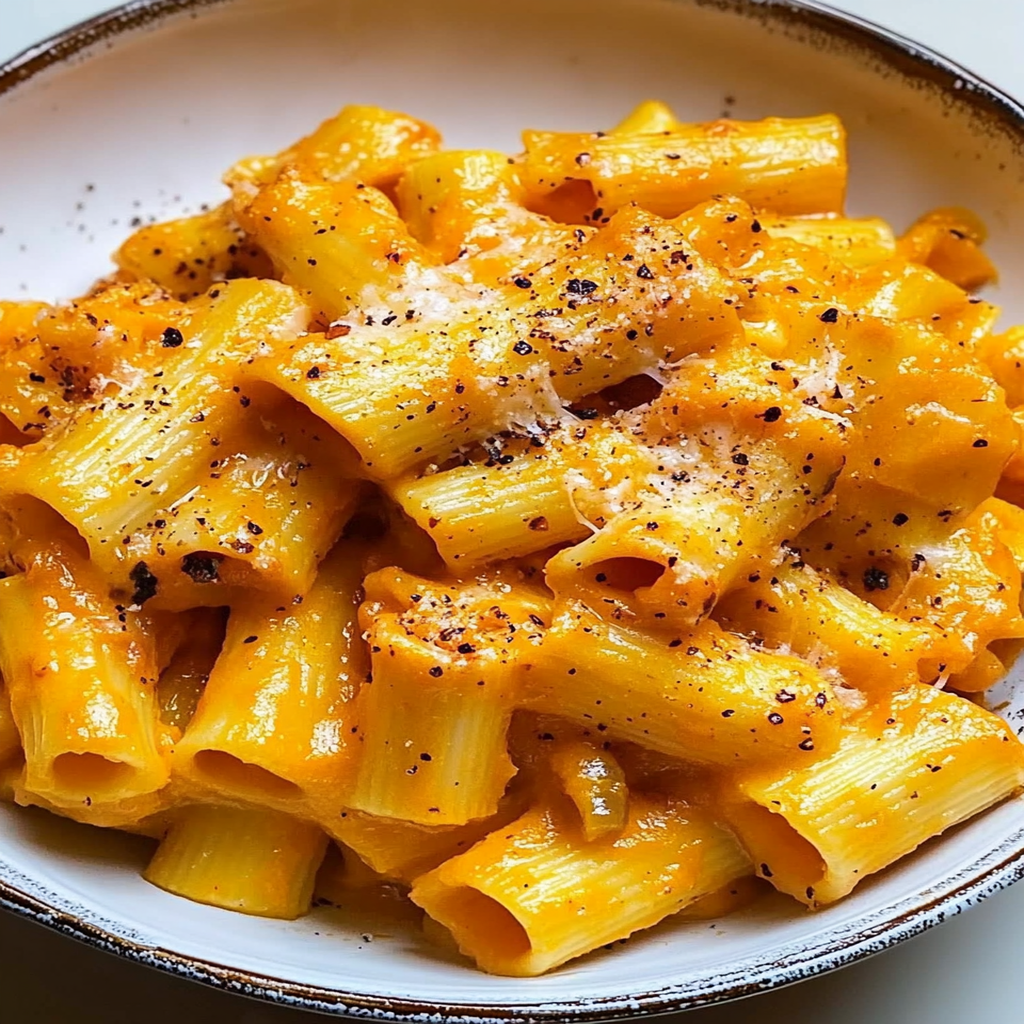
Tips and Tricks
Here are some helpful tips to ensure the best results for your dish:
- Optimal Roasting: Make sure your oven is preheated properly for even cooking of the squashes
- Blend Smoothly: Allow roasted squash to cool slightly before blending for easier handling
- Add Spice: Feel free to add chili flakes or nutmeg for an extra kick of flavor
How to Serve butternut squash pasta sauce
This butternut squash pasta sauce is versatile and pairs wonderfully with:
- Pasta: The creamy texture of the sauce clings beautifully to any type of pasta, enhancing its flavor.
- Grilled Chicken: The rich sauce complements the savory notes of grilled chicken, creating a balanced meal.
- Roasted Vegetables: A colorful medley of roasted veggies adds both nutrients and visual appeal to your plate.
Feel free to pair it with your favorite sides for a personalized meal!
Make Ahead and Storage
- Make Ahead: You can prepare this butternut squash pasta sauce in advance. Cook the squash and blend the sauce up to three days before serving. Store it in an airtight container in the refrigerator.
- Storing: Store any leftovers in a sealed container in the fridge for up to five days. For longer storage, consider freezing the sauce for up to three months. Use freezer-safe containers or bags to prevent freezer burn.
- Reheating: To reheat, transfer the sauce to a saucepan and warm it over low heat, stirring occasionally for about 5-10 minutes. Alternatively, you can microwave it in short bursts, stirring in between until heated through.
Suggestions for butternut squash pasta sauce
Choose the Right Butternut Squash
Selecting the right butternut squash is crucial for your pasta sauce. Look for squash that is firm, heavy, and has a smooth skin. Avoid any with soft spots or blemishes, as these indicate spoilage. If possible, choose a medium-sized butternut squash; it’s easier to peel and chop. Freshness matters! When you pick a ripe squash, it will yield a sweeter flavor in your sauce. This sweetness perfectly complements the savory elements of your dish, creating a well-balanced sauce that enhances your pasta. Always remember to wash the skin before peeling to remove any dirt or pesticides.
Overcooking the Squash
Overcooking butternut squash can lead to mushiness, which is not ideal for a pasta sauce. Aim to cook the squash until it is tender but still retains some structure. You want it to blend smoothly without losing its body entirely. Roasting is an excellent method because it caramelizes the natural sugars and brings out the flavor. Keep an eye on it while cooking; check for doneness by piercing it with a fork. If it falls apart too easily, you’ve gone too far! Proper cooking ensures that your sauce has a rich and creamy texture that clings beautifully to pasta.
Not Seasoning Properly
Seasoning is key when making butternut squash pasta sauce. Many people make the mistake of under-seasoning their sauces, resulting in bland flavors. Start with salt and pepper, but don’t be afraid to experiment with herbs and spices. Nutmeg pairs wonderfully with squash and adds warmth; garlic can provide depth, while sage or thyme complements its sweetness perfectly. Taste your sauce throughout the cooking process and adjust accordingly. A well-seasoned sauce elevates your meal from ordinary to extraordinary, making every bite burst with flavor.
Skipping the Blending Step
A common error when preparing butternut squash pasta sauce is not blending it properly after cooking. Blending creates a smooth texture that enhances the overall experience of eating pasta with this sauce. If you leave chunks in your sauce, it may not coat the pasta evenly or provide a pleasing mouthfeel. Use an immersion blender for convenience or transfer to a regular blender in batches if necessary. Ensure you blend until silky smooth; this will help create that luxurious consistency we all crave in pasta sauces.
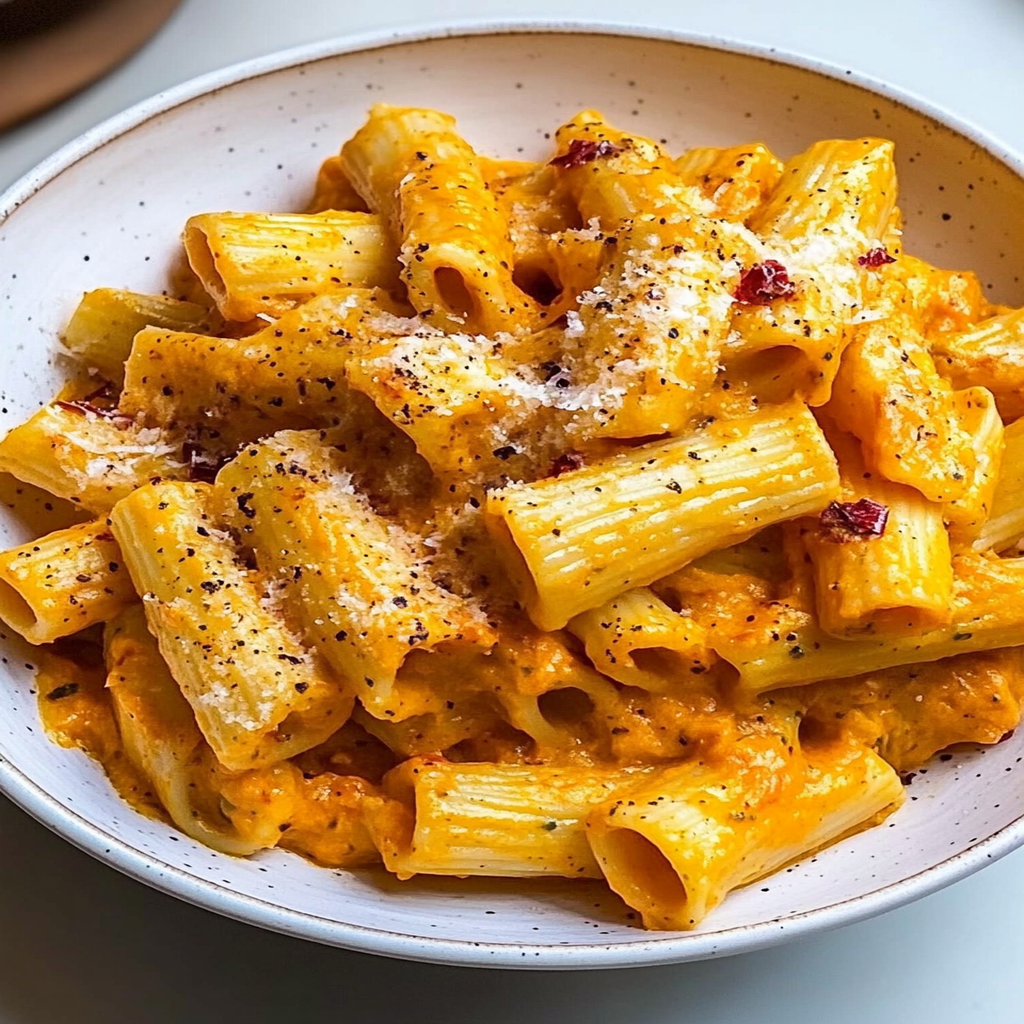
FAQs
What ingredients do I need for butternut squash pasta sauce?
To make delicious butternut squash pasta sauce, you’ll need several key ingredients for optimal flavor and texture. Start with one medium-sized butternut squash, which will serve as the base of your sauce. You’ll also need olive oil for sautéing; garlic for aromatic depth; onion for added sweetness; vegetable broth or cream to achieve a creamy consistency; and seasonings like salt, pepper, nutmeg, and optional herbs such as sage or thyme for extra flavor complexity. The combination of these ingredients yields a rich and satisfying sauce perfect for any pasta dish.
Can I make butternut squash pasta sauce ahead of time?
Absolutely! Preparing butternut squash pasta sauce ahead of time not only saves you time during busy weeknights but also allows flavors to develop further as they sit. After cooking and blending your sauce, allow it to cool completely before transferring it to an airtight container in the refrigerator where it can last up to five days. You can also freeze leftovers in freezer-safe containers for longer storage—typically up to three months—so you have homemade goodness ready whenever you need it!
How do I store leftover butternut squash pasta sauce?
To store leftover butternut squash pasta sauce properly, first let it cool down completely if you’ve just cooked it. Then transfer the cooled sauce into an airtight container; glass jars work well because they seal tightly and are freezer-safe too! Store in the fridge if you’ll consume within five days or freeze for longer storage—up to three months is ideal! When reheating from frozen, thaw overnight in the fridge or use defrost settings on your microwave before gently warming on stovetop until heated through.
What types of pasta pair well with butternut squash pasta sauce?
Butternut squash pasta sauce pairs beautifully with various types of pasta due to its creamy consistency and flavor profile. Short pastas like penne or fusilli catch more of the luscious sauce in their nooks and crannies, making each bite flavorful! Long pastas like fettuccine or spaghetti work well too; just ensure they’re cooked al dente so they hold up against this rich topping! For gluten-free options, look into chickpea or brown rice-based pastas that also complement this vibrant sauce nicely while keeping dietary needs in check.
Conclusion for butternut squash pasta sauce
In summary, crafting an exquisite butternut squash pasta sauce involves careful selection of ingredients and attention to detail during preparation. Choosing fresh produce enhances flavor while avoiding common mistakes—like overcooking or under-seasoning—will elevate your dish significantly. Remember that blending is essential to achieve that velvety texture we all love in sauces! Whether you’re storing leftovers or pairing with different types of pasta, this versatile recipe fits any occasion beautifully. With these tips at hand, you’re ready to create a delightful meal featuring rich flavors and comforting textures sure to impress friends and family alike!
[tasty-recipe id=”6055″]

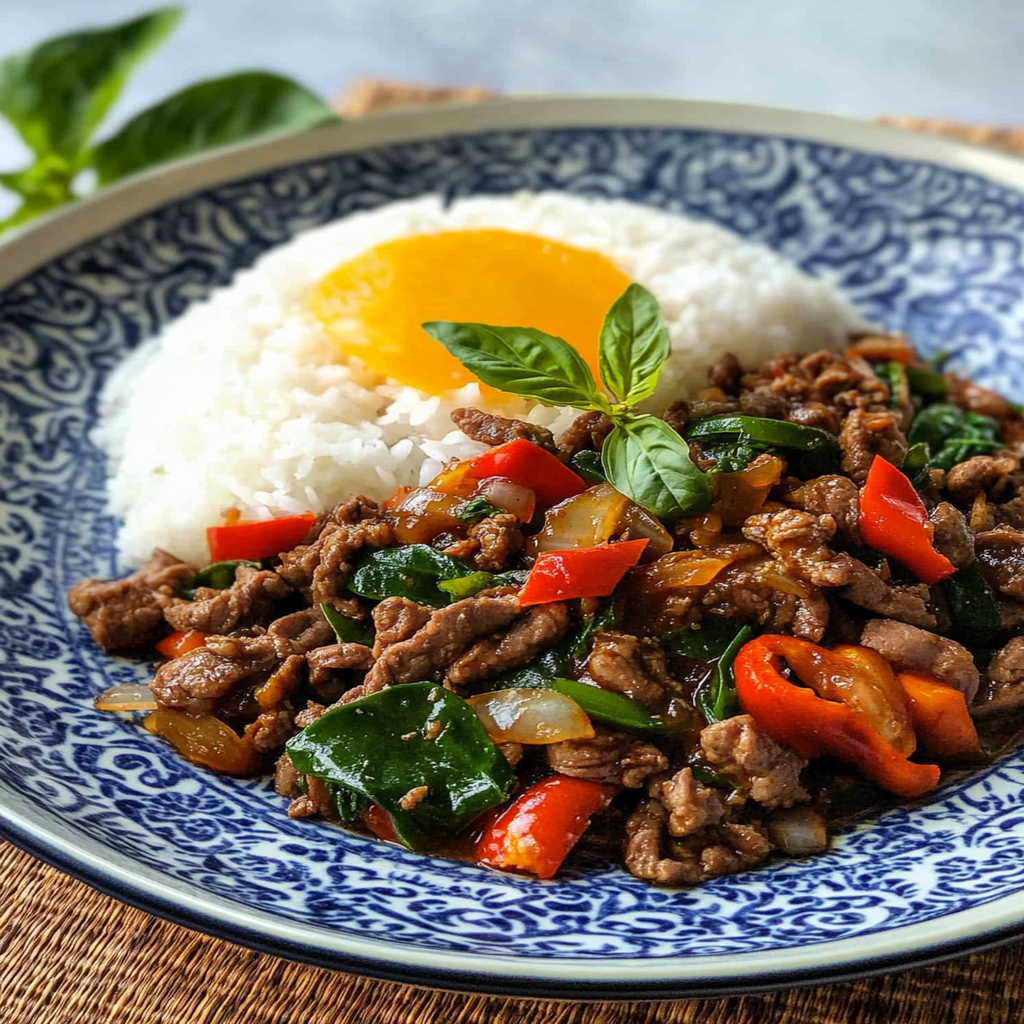
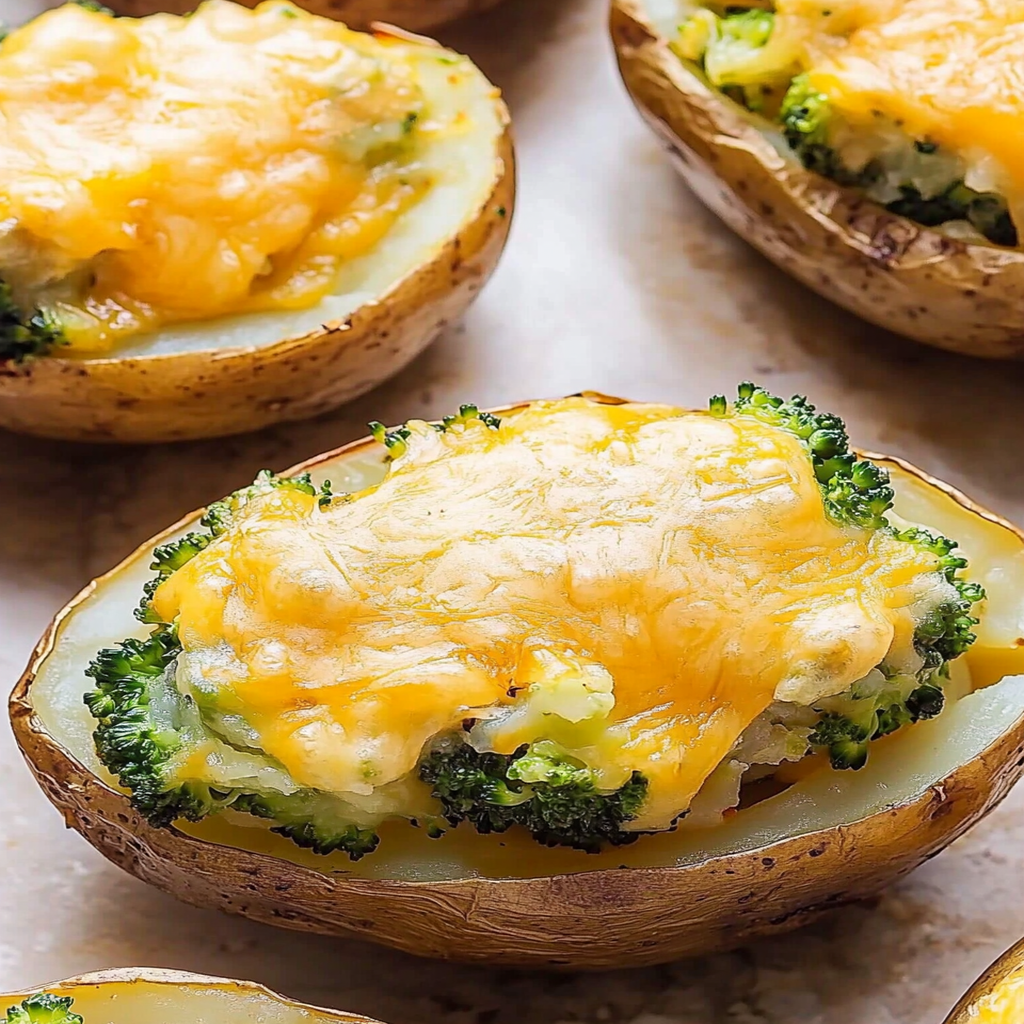
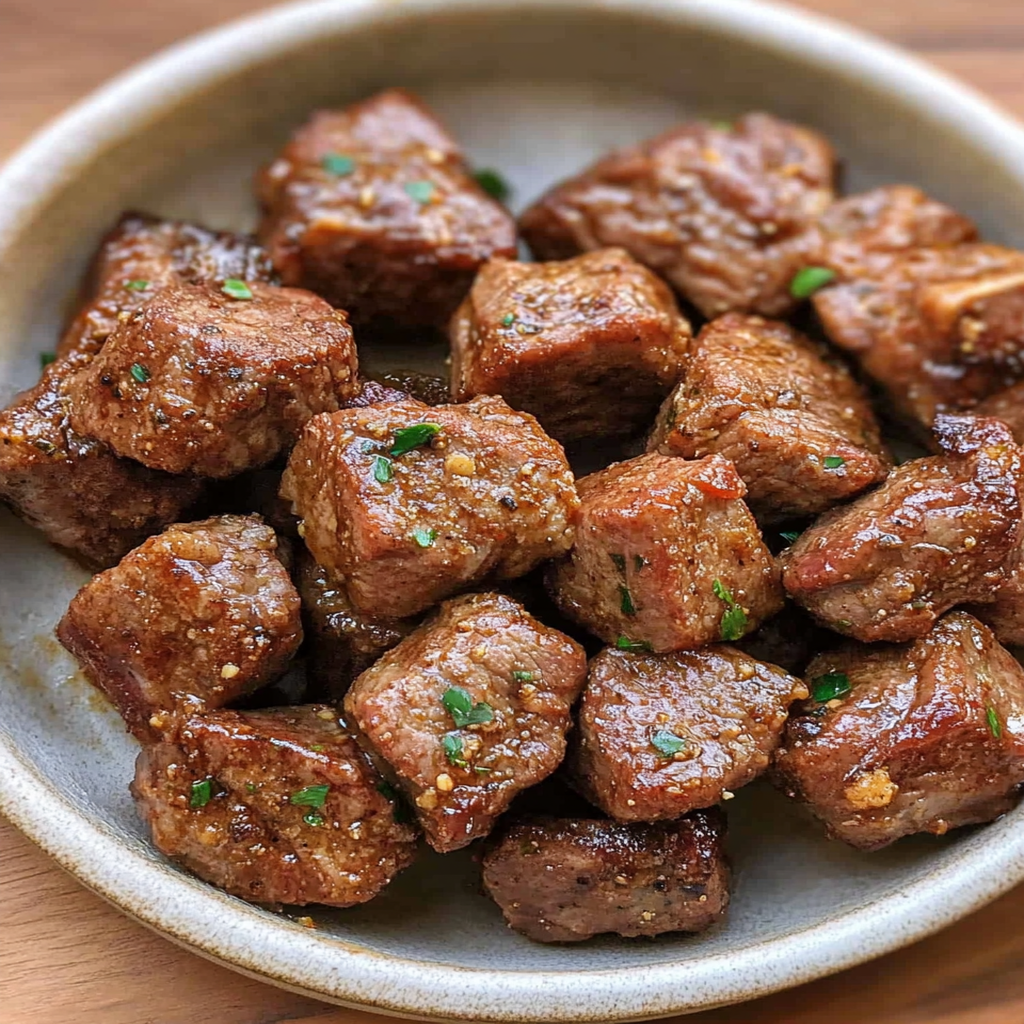
Leave a Comment